Understanding Arthritis in Dogs
Pain from arthritis will ”switch” off surrounding muscles which mean the joint becomes more unstable and more painful. This starts a downward spiral of pain and weakness. Then there can be additional muscle loss simply if your dog is a senior. This is called sarcopenia. As humans, and dogs, get older our muscles naturally get smaller and weaker adding to pain and further loss of function. Strengthening exercises helps break this cycle and helps rebuild muscle loss. Real-Life Success Stories Marlie, 1 year old Diagnosed with hip dysplasia and predicted to need surgery in 6 months. With exercise and care, Marlie has been able to avoid surgery (saving her mumma about $15,000), her muscles have built up again and she is less stiff and sore. Winter, 9 years old Winter was slowing down on her walks but with exercise therapy she was able to walk further and faster and jump higher. Want to start some exercises???Start with these...... Cavaletti Poles These poles are excellent for improving balance and coordination. They encourage your dog to lift their legs higher, which strengthens the muscles supporting the arthritic joints, and also helps loosen stiff joints. Two Up This exercise involves your dog placing their front paws on an elevated surface, which helps build strength in their hind legs. Guide your dog up and down the step. More energy and strengthAfter about 3 weeks of exercises your dog’s muscles should become visibly a bit bigger and you should notice that they move better, like a little pep has returned in their step!! Remember though - the rules for muscle growth is that they need to be regularly, they need to be challenging enough and they need to be targeting the right muscles. Want to know how to do all the right exercises, in the right quantity and the right amount of difficulty? Check out the course “Home treatment for arthritic dogs”, there is an 8 week exercise program that slowly increases with difficulty to keep those muscles growing and getting stronger! It also includes lots of other strategies to help you manage your dog’s arthritis - like Weight Management, Supplements, Home Modifications and Laser Therapy. Meet your instructor!Hello!
I'm Kylie Marks, a husky mum, physio, and exercise advocate for dogs. I believe that with easy and cost effective exercises, we can help our dogs move better, experience less pain, and live longer!!
0 Comments
Dogs have been man’s best friend and companion for approximately 130,000 years. Yes, you read that right.DNA evidence suggests dogs were domesticated from wolves over 130,000 years ago. The incredible relationship between dog and humans has transcended cultural differences, crossed borders, and has remained intact through all the changes in society and tests of time. Yes, dogs are still our best friends (maybe cats are too) and it’s comforting to know this is likely never going to change. They are our guides, our companions, our soul mates, our workers, our confidantes, our family members, and their love and loyalty are endless. Their love represents the true definition of “unconditional”. Because of this strong relationship and friendship, we continue to try to do the best we can for them. We love them, walk them, pet them, groom them, exercise them, talk to them, play with them, show them off (post a great dog or cat photo on facebook or instagram and your photo can go viral). Despite all of this attention to their needs, when it comes to making decisions about feeding our dogs, we easily get lost in the plethora of commercial foods and the advertising out there promoting these foods. Over the past few decades, we have become a health and wellness obsessed society. We have learned what foods and supplements are needed for every possible body change or issue. Walk through any grocery or large superstore and you will see aisles of products and dietary options in many varieties for promoting our own health. However, walk through the pet food aisle and that is where the variety ends. Sure you will see many beautiful bags with bright colored and bold marketing slogans such as “All Natural”, “Complete and Holistic”, “Organic” , “Wellness”, etc. Many of the packages have gorgeous healthy dogs shown as their models. Who wouldn’t want their pet to look like that? You will even see packages claiming their food is what our dog’s ancestors ate. Really? Take a look at any ingredient list and tell me that wolves found these same ingredients in their prey animals. Most ingredient lists leave the consumer very confused and concerned. We end up wondering how much we really know about our dog’s nutritional needs. Thankfully, here is what we know to be true. It is a fact that all animals can survive and thrive on the diet they were designed to eat. We know that dogs and cats are carnivores and that they were designed to eat a very high protein diet of meats, bones, and organs. This is not a debate. That is how their digestive processes and dentition were designed. We can look through the actual structure of their mouths, teeth, esophagus, stomach, small intestine etc...and see that they were designed to eat meat and bones. So why then did we feel the need to go against that and feed carbs and other ingredients that are actually harmful to dogs? The pet food industry is a $75 BILLION dollar industry. That’s why. There is nothing more to this than the profits these companies are raking in. It is cheap to manufacture these dog and cat foods and let’s face it, the public is buying. The marketing works!Sadly, this has led to many chronic illnesses we see in epidemic proportions today. Obesity, Diabetes, Cancer, Auto Immune, Arthritis….doggy odors, huge smelly stools, impacted anal glands, peridontal disease…..All come from being fed an inappropriate diet. That’s right. Dogs on a raw diet, as nature intended, do not suffer from these problems in most all cases. Feeding a species appropriate diet is feeding your cat or dog how nature intended! It’s actually a perfect design. In our Holistic Carnivore Nutrition course, we can show you how to feed, what to feed, and we will open your eyes to the pet food industry’s secrets. Exposing so many facts in the industry that they don’t want you to know. We will also shed light on why most vets do not recommend raw. Thankfully this is slowly beginning to change though as many holistic vets are now seeing the tremendous benefits to keeping their client’s pets healthy as opposed to having a revolving door of chronically sick animals and knowing they are in great part responsible. Also, we will address the many myths out there. Did you know that the only dog food salmonella transmission to humans in this country was from kibble? Yes. True! Raw food has never caused any salmonella issues. Learn the facts and you will change the way you look at your pet’s food. Your pets will thank you.
Animal Neuro-myofascial Release Technique, also known as ANMR, is a body alignment technique for both small and large animals. It utilizes a specialized tool that enables the practitioner to put motion into the soft tissues surrounding and adjacent to the vertebral column and other joints. This creates a combination of neurological input and soft tissue releases that allows the animal's body to "reset" itself leading to an improvement in posture, range of motion and gait. Is this a Chiropractic Technique?No, even though a tool is used that is similar to the Activator tool (a tool used in human chiropractic to perform Activator technique), this is not considered to be a chiropractic technique. Rather than using the tool to move bones, the tool is used to release soft tissues and provide neurological input through quick impulses. This technique is approved through the National Certification Board of Therapeutic Massage and Bodywork and is considered to be a soft tissue technique. Who can Perform this Technique?This course and certification is available to anyone who is already certified in animal massage therapy or is a licensed Veterinarian, Veterinary Technician or Doctor of Chiropractic. Animal massage therapists find this technique to be a great addition to their practice, allowing them to address body mis-alignments quicker and more accurately than can be done with massage therapy alone. Veterinarians have began adding this technique to their practice to create additional revenue and offer clients with a non-medication, non-surgical treatment option for animals suffering from musculoskeletal issues. Many Doctors of Chiropractic have enjoyed adding ANMR to their practice to provide animals with effective and safe body alignment. State animal massage laws must be followed when practicing ANMR. What Conditions can Benefit from ANMR?
Ready to Learn More?Acupressure is the manual stimulation of specific acupuncture points. Acupuncture was developed in Ancient China with references to acupuncture procedures dating back to as early as 198 BCE. Traditional acupuncture utilizes thin needles that are applied to specific points to stimulate the energy flow. Acupuncture medicine teaches that all people and animals have energy channels running through their bodies called meridians. The flow through these meridians can become altered due to trauma, stress and environmental factors. Acupressure is a way to influence these meridians without the use of needles. Yes, animals can greatly benefit from acupressure!Acupressure is becoming more common as an animal therapy option for both small and large animals. Animals suffering from arthritis, stiffness, organ dysfunction, allergies, weakened immune systems and other ailments can benefit from acupressure sessions. Remember that acupressure (along with other forms of bodywork) should not replace veterinary medicine and you should always consult with your veterinarian before adding bodywork to your animal's health plan. Case Study from one of Our PractitionersWendy is a 24yo QH/TNWalker who has had issues with her cycle since she was in her teens. More recently, when she cycled, she’d get colic like pain to her flanks and would roll. Owner would call the vet to come out thinking it was colic, and Wendy would pass feces with no issues, and was given banamine. She is so bad with her cycle that she pees on the females in the pasture and would nudge like a male would on a female. -Opened using the Bladder meridian. Once began the process, Wendy immediately started licking and chewing. Did 3x each side. - Association Points - none of the points along the spine triggered a response. Slight response on BL20 BL 21 - Alarm points - she was reactivate CV4 and CV 5 and CV 12 . She would take deeper breaths when these were pushed. Which is interesting considering the CV is the source point we worked on. - Source point - Conception Vessel. She had great responses to these points. She’d breath deep especially on CV 4 5 and 12. She also liked the CV24 point too. - Closed the vessel with the bladder meridian again. She licked and chewed through this process too. I varied the speed as well. Horse appeared brighter and more content after the session. Prior to the session she seemed lazy or mellow. She was willing to do the session and when asked permission, she leaned into my chest with her head. Told Client to let me know if her mood has changed in field and whether her cycle has changed for the better. Will have the owner keep I touch and if need be, would do another session in a week or two. Since Wendy was so open and receptive to the treatment, it would be interesting that she had a blockage of energy that built up over time. A week later I did the same therapy with her to reinforce the release. Wendy had experienced a colic episode, although very slight in comparison to her other episodes. That was why I came out a week later. Since the 2nd session, she was free of any episode and her hormonal imbalances seemed to be in check. Her eratic behavior during her cycle was gone and she was a happier horse with the herd. ~Victoria Whitehead Want to learn more about acupressure?Tallgrass Animal Acupressure Institute in Colorado offers hands on and online courses in acupressure for both small animals and horses. They also sell high quality text books and charts.
There are some Reiki professionals who frown upon distance attunements because they feel as though the Master is not able to transfer their energy efficiently to the student and therefore the student will not be able to adequately perform healing Reiki sessions. There are many different ways that Reiki Masters who teach online courses are performing distance attunements and some of those methods are more effective than others. In this article, I will discuss some of the distance attunements that are currently being performed and which method I feel to be the most effective. Non-specific, pre-filmed or pre-performed attunementsWhen reading negative articles or comments about distance Reiki attunements, this is normally the form of attunement they are referring to. In this scenario, the Reiki Master performs an attunement at the time they put together their online course, CD course or written course and send that attunement out into the universe so that their students can pick up on it when they are ready. Obviously this type of attunement is very non-specific and while I can not say that it is completely un-effective, I do personally believe that it is one of the least effective methods. Non-specific group attunementsDuring these distance attunements, the Reiki Master will normally pick a specific day and time that they perform their attunements every week. For example, it could be every Monday at 6 pm. The students who choose to tune in to the attunements at that time can do so. There is not direct communication between the Master and student. While these are not completely ineffective (many students experience waves of energy and other sensations during the attunement), I personally feel as though this is not the most effective way to perform a distant attunement. Specific, individual, scheduled attunementsThis is the method of distance attunement that I utilize and in my opinion it is the most effective way to perform a Reiki distance attunement. When a student is ready to schedule their attunement, they contact me and we choose a time and day that works for both of us. Immediately before the attunement begins, I contact the student to make sure they are ready and I also contact them immediately following the attunement to let them know it is completed. Similar to performing a Reiki distance healing session, I utilize the distance symbol (Hon Sha Ze Sho Nen) to project my energy to the student. I focus on their name and location to better hone in on them. The student is in a relaxed, meditative state and receptive and open to the energy I am sending. I follow a specific attunement protocol which varies depending on the level of attunement I am performing. I also utilize crystals to enhance the effects of the sessions (the crystals are chosen based on the student I am attuning). This is a very specific process, which in my opinion (which is based on the feedback I receive from students along with my intuition) is the most effective way to perform a distance Reiki attunement. Is there a right way?Some Reiki Masters will say yes, but in my opinion there is not a right or wrong way to perform a Reiki attunement. Every student processes energy differently and will therefore have a different experience. There is not a right or wrong way to experience a Reiki attunement and the effectiveness of an attunement will always be subjective in nature. My personal belief is that if the Master and student both have the same intent, are focused on what they want to accomplish during the attunement and are open and positive, the desired results will happen. What do you think? I'm interested in hearing your thoughts and experiences in the comments below.If you are a canine massage therapist or student, you have likely had to deal with uncooperative dogs while trying to perform therapeutic massage and bodywork. This article will provide you with some suggestions to enable you to complete the session. The Hyper DogDealing with a dog that won't stay still? This can be extremely challenging for a massage therapist.
Shorter Session LengthsHyper dogs usually also have shorter attention spans. Be sure to make your treatment sessions shorter with these dogs and utilize massage techniques that require shorter durations.
The Aggressive DogAggressive dogs are not only frustrating to try to work on, but they can be dangerous as well. Always make sure to use proper precautions such as muzzles and restraints when working on aggressive dogs. Here are some additional suggestions.
Removing the OwnerSome dogs are aggressive when their owner is present because they feel protective of the owner or they may be picking up on emotions and concerns that the owner is projecting. Removing the owner from the room can often solve this problem and allow the dog to relax and enjoy the session. Have Many Tools in Your ToolboxBeing able to provide client's dogs with an array of different techniques can allow you to find the technique that will work best for that particular dog. Some dogs will enjoy hands on massages, while others will prefer less invasive forms of treatment such as craniosacral therapy, reiki and kinesiology tape. Having a lot of "tools" (modalities) in your "toolbox" can allow you to provide each dog with the best individual care possible. Want to learn more techniques?The Reiki technique was developed in Japan by Mikao Usui. This is a healing energy technique that utilizes life energy force that is transmitted from the practitioners hands. This technique was originally developed for people, but has been used frequently on animals as well. Dr. Angel is a trained Reiki Master she developed an animal healing symbol that she believes helps intensify the Reiki energy when working on animals. Reiki energy can help an animal decrease pain, provide them emotion relief and allow their bodies to naturally heal themselves. While Reiki treatments do not replace veterinary medicine or other forms of animal bodywork, it can be very beneficial in working with all types of animals including those who do not want to be touched or are afraid of human contact.
Those who practice Levels II and III Reiki are able to send Reiki energy over distances, allowing them to work on animals who are not immediately in front of them. In Dr. Angel's online course, she teaches students how to perform Reiki healing on animals and provides them with the necessary attunements so that life energy can begin flowing freely through them. Only those who have undergone Reiki attunements are able to perform Reiki sessions. How Does Our Course Differ From Traditional Reiki Courses? While traditional Reiki courses are focused on human healing, our course is specifically designed for animal healing. The course covers equine, feline and canine behavior and handling, to better help our practitioners read an animal's body language. It also teaches our students an Animal Reiki symbol that enhances the healing energy when working on animals. Those who are human Reiki practitioners can benefit from taking this course as well as those who have never completed a Reiki course. To learn more about Dr. Angel's course, click here. Autoimmune diseases, cancer, allergies and other ailments are becoming more and more common in dogs. I recently saw a poster in a veterinary office stating that 1 in 4 dogs will develop cancer. That is an insanely high number! Many of these diseases develop when a dog's immune system is not able to cope with the toxins they are exposed to on a daily basis. This article will list the most common types of toxins your dog has to deal with and ways to help reduce them. Causes:
Solutions:
Which Supplement Should You Give Your Dog?
Interested in ordering NuVet Plus for your dog? Use the referral code 90024 when ordering online or over the phone. 1-800-474-7044 or http://www.nuvet.com/90024
|
AuthorDr. Angelique Barbara is the founder of Angel's Animals LLC, a company that has developed online animal bodywork courses for both owners and professionals. Dr. Barbara's unique teaching style along with the dynamic layout of the courses allows people of different educational backgrounds from all over the world to benefit from her knowledge. Archives
May 2024
Categories
All
|








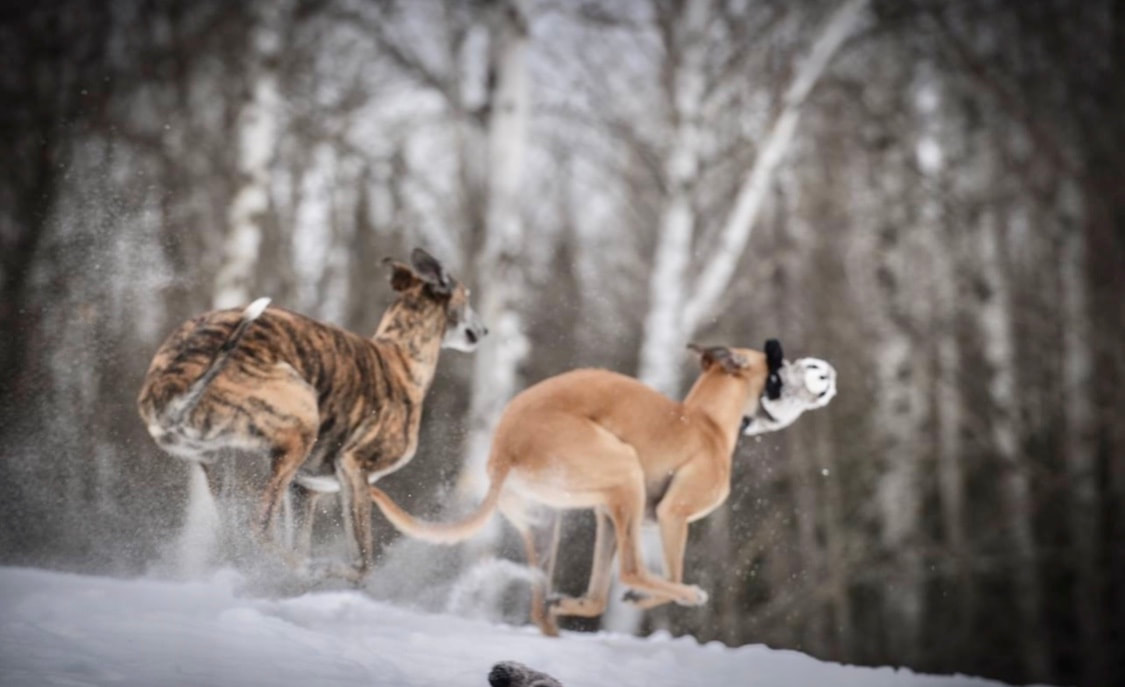
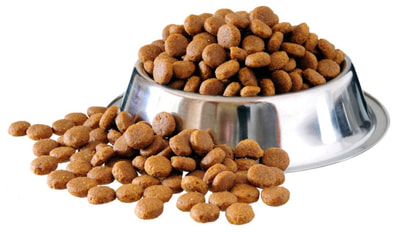

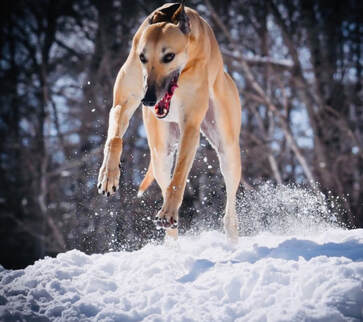
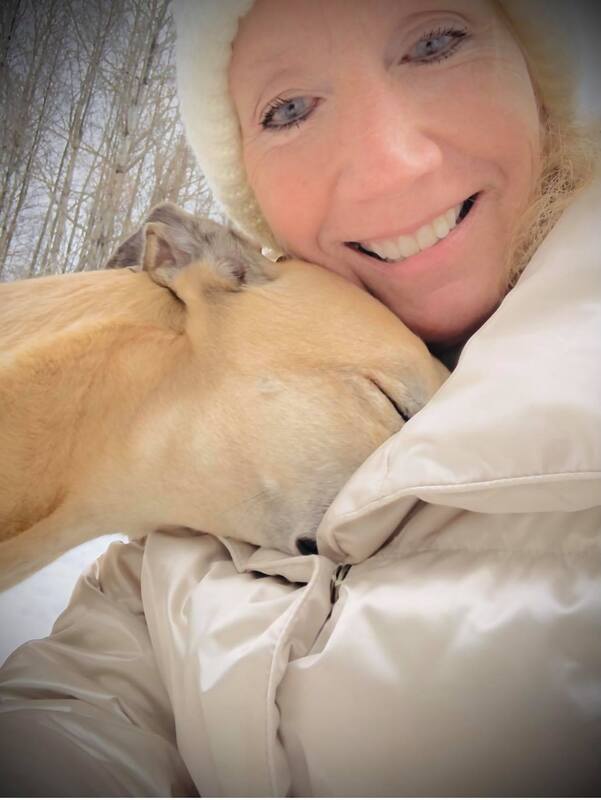
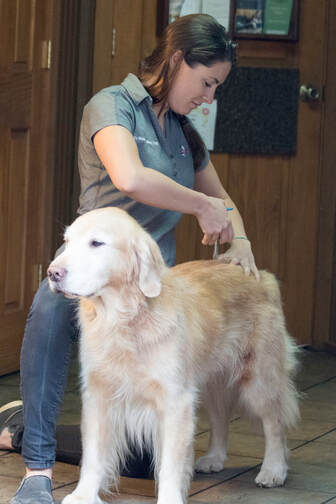
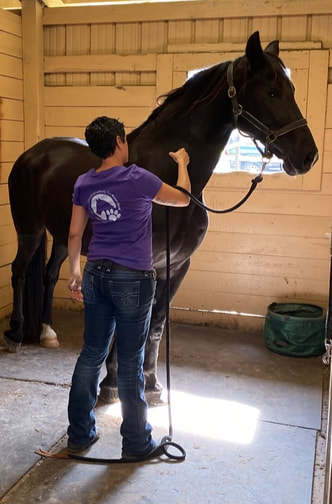
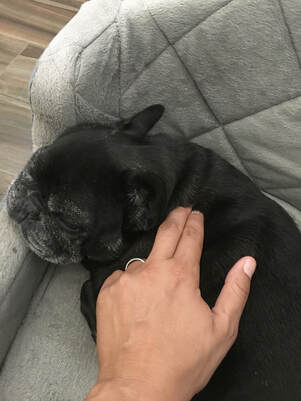

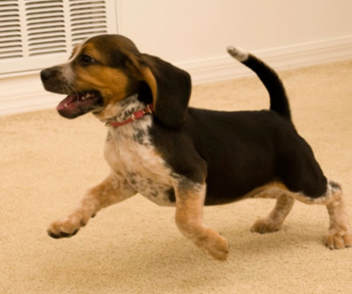
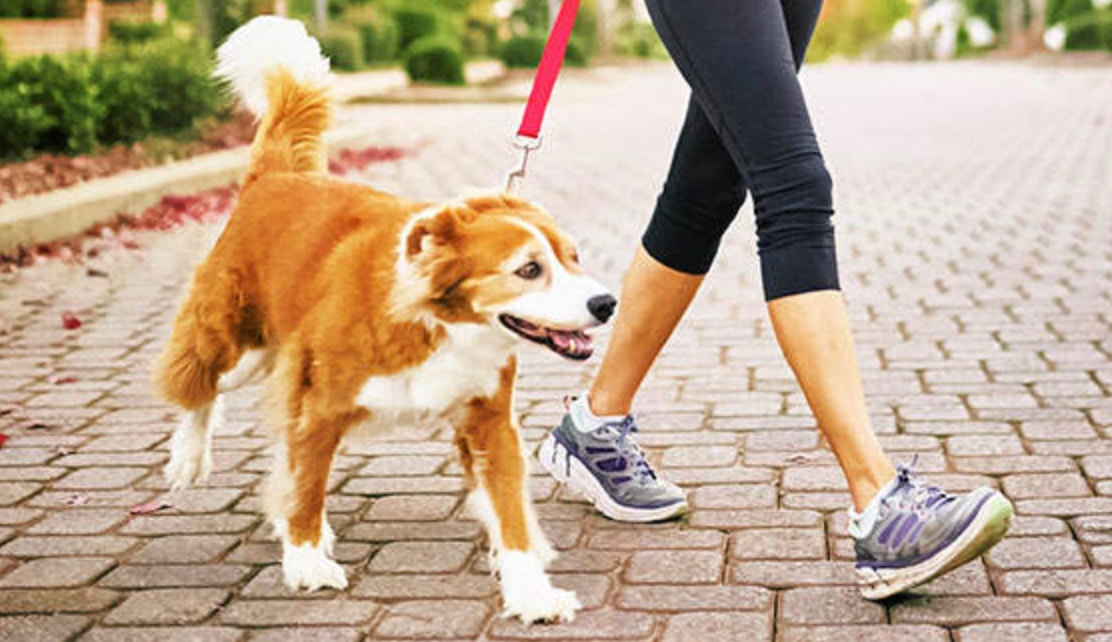
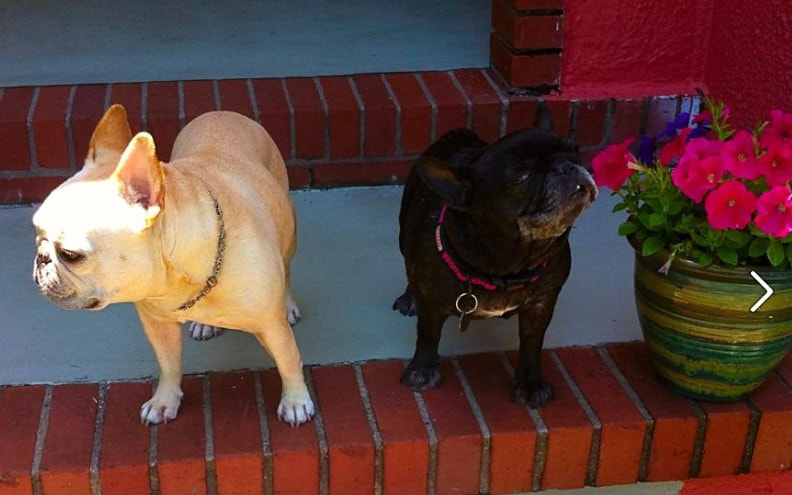
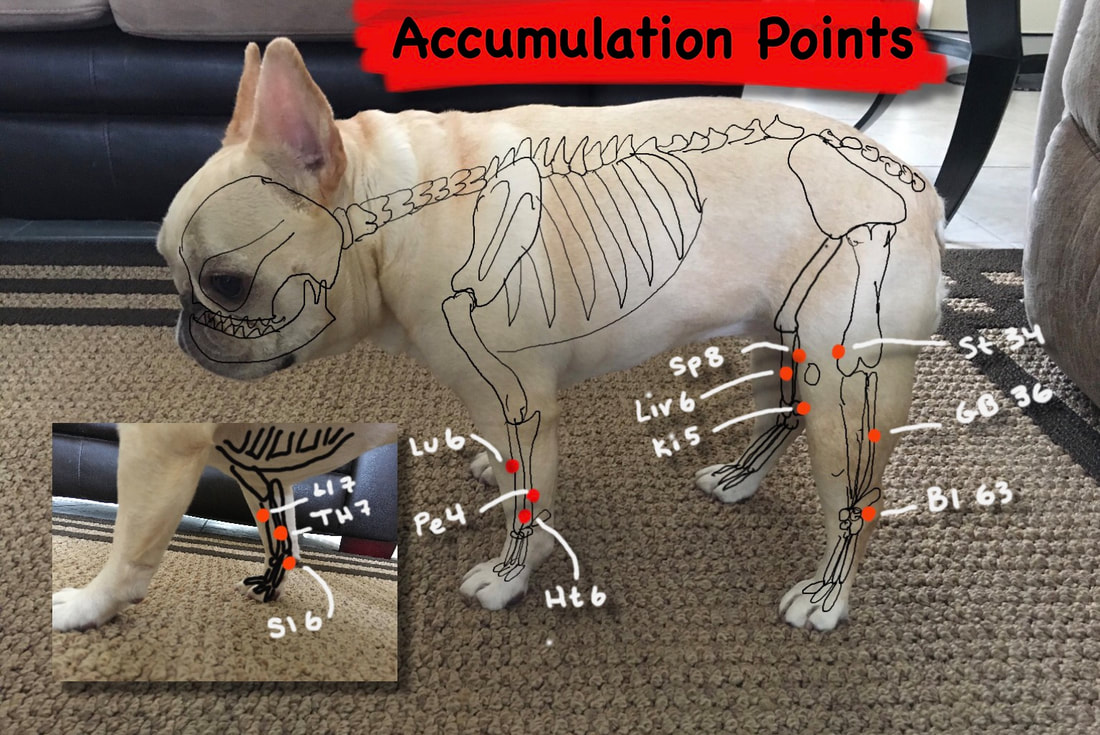
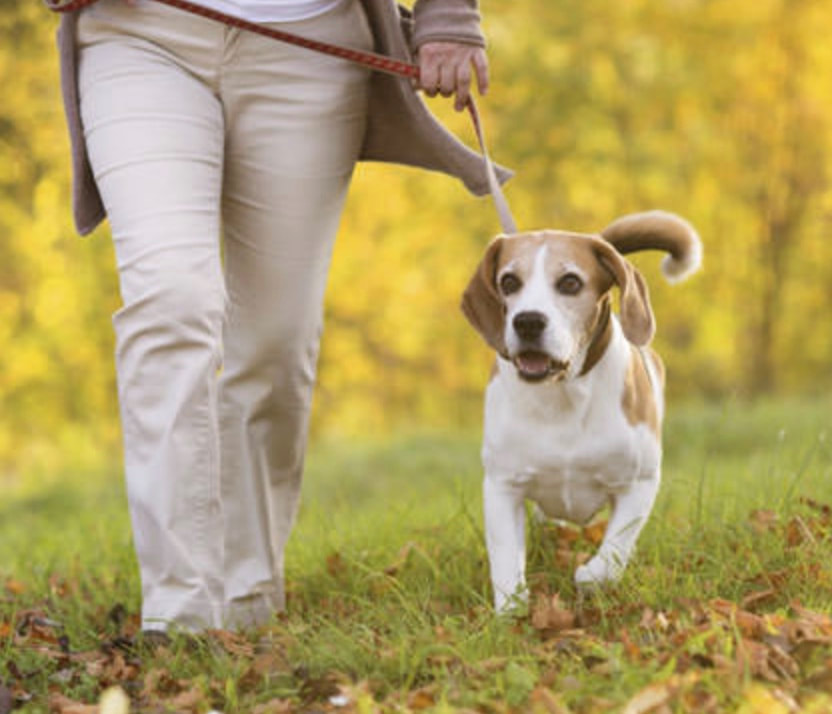
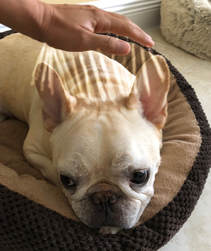
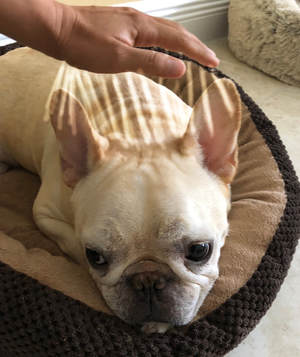

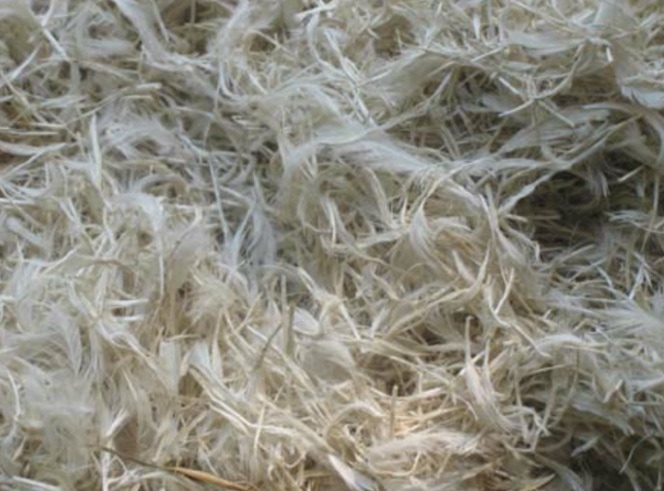
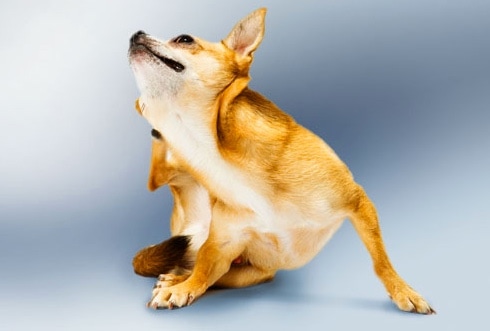

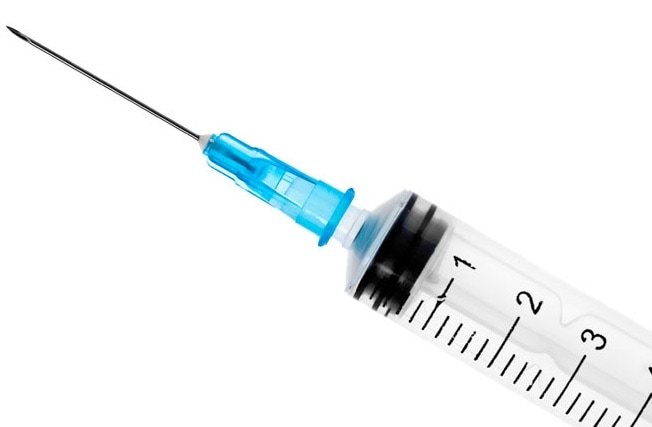
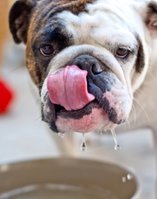
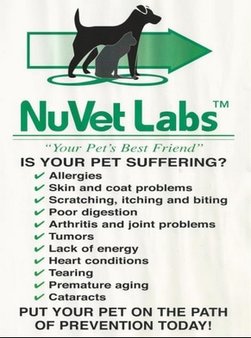
 RSS Feed
RSS Feed